What is a Reflective Display?
A reflective display utilizes the surrounding bright light to produce an image, contrary to traditional displays that rely on a backlight or front light source. Instead of transmitting light through the display, reflective technology uses the surface to bounce light, creating an image through reflection.
Thanks to their adaptive technology, reflective displays can generate images using solely the ambient light in their surroundings, rendering external light sources unnecessary. This feature makes them particularly energy-efficient and ideal for integration into portable devices, such as smartwatches and e-readers, which are often used on-the-go.
Reflective LCD Technology
Reflective LCDs are a popular choice for applications that require low power consumption, as they do not require a backlight, resulting in minimal overall power usage. These displays offer excellent visibility, with screens that are easy to read both indoors and outdoors. Their lightweight and energy-efficient design makes them an attractive option for commercial signage, as they are easy to transport and install. Additionally, they have quick refresh rates, allowing for accurate and effective display of multiple messages.
Advantages of reflective LCDs
Sunlight readability - An LCD screen with reflective properties is well-suited for use in outdoor environments.
Low power consumption- LCDs with reflective capabilities boast the advantage of not needing a backlight, thereby lowering their power usage and prolonging the battery life of the device they are integrated into.
Thin and lightweight - Reflective LCDs are thinner and lighter than transmissive LCDs since they don't have a backlight, making them well-suited for portable devices.
Fast refresh rate - suitable for dynamic information display.
Eyes care -minimizes the risk of eye strain by eliminating blue light from the screen.
Application
Handheld PDA
Vending machines
Bicycle speedometer
Digital watch
Digital Camera
Gas Stove
Golf Navigation
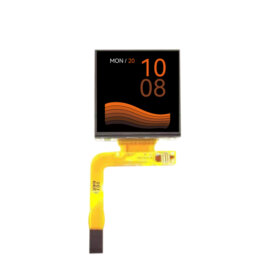
LPM015M135A Displays
LPM015M135A JDI 1.5 Inch 200x228 Reflective TFT LCD Display For Wearable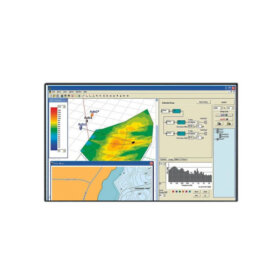
ET156FH02-Y Displays
15.6 Inch 1080x1920 LVDS Reflective TFT LCD Display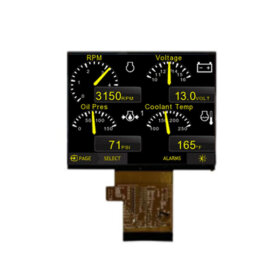
ET035VG02-Y Displays
3.5 Inch 640x480 Reflective TFT LCD Display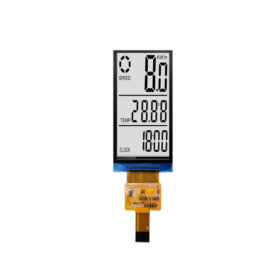
ET021RF01-Y Displays
2.13 Inch 122x250 SPI Reflective TFT LCD Display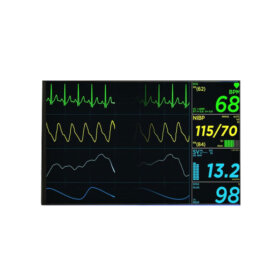
ET055RF01-Y LCD Display
5.46 Inch 720x1280 MCU SPI Reflective TFT LCD Display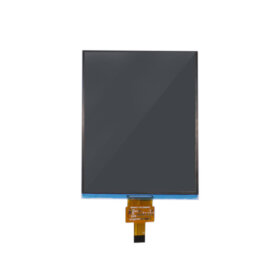
ET042RF01-Y Displays
4.2 Inch 300x400 SPI Reflective TFT LCD Display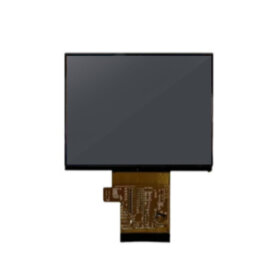
ET035RF01-Y Displays
3.5 Inch 640x480 Reflective TFT LCD Display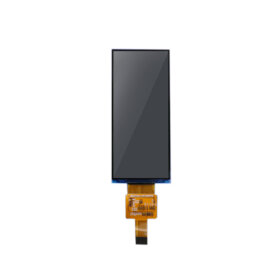
ET029RF01-Y Displays
2.9 Inch 168x384 MIPI Reflective TFT LCD Display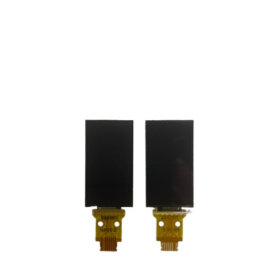
LPM009M360A Displays
LPM009M360A JDI 0.84 Inch 72x144 Reflective Sunlight Readable TFT LCD Display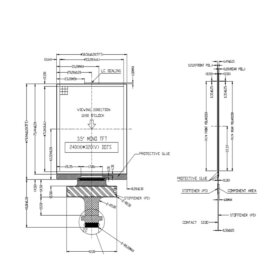
ET035QV01-X LCD Display
Factory OEM ODM 3.5 Inch TFT LCD Display 240x320 Reflective MCU LCD Panel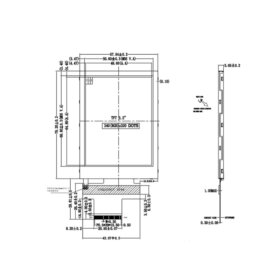
ET032QV01-X Displays
In Stock 3.2 Inch TFT LCD Display 240X320 MCU RGB SPI Reflective LCD Panel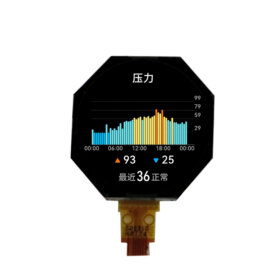
LPM010M297B LCD Display
LPM010M297B JDI 1 Inch TFT LCD Display 208×208 Reflective Sunlight Readable Circular Display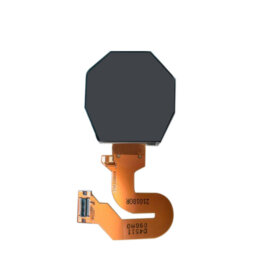
LPM012A154A LCD Display
LPM012A154A JDI 1.2 Inch Round TFT LCD Display 218x218 Reflective Circular LCD For Wearable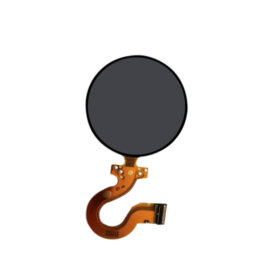
LPM013M461B LCD Display
JDI LPM013M461B 1.29 Inch Circular Display 260x260 Sunlight Readable Round LCD For Wearable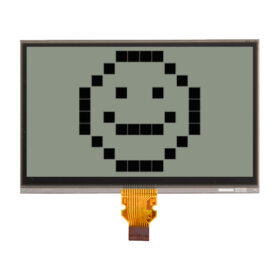 LS027B7DH01 2.7 Inch Reflective LCD Display 400x240 SPI Interface Memory-in-Pixel LCD Panel For Handheld PDA
LS027B7DH01 2.7 Inch Reflective LCD Display 400x240 SPI Interface Memory-in-Pixel LCD Panel For Handheld PDA
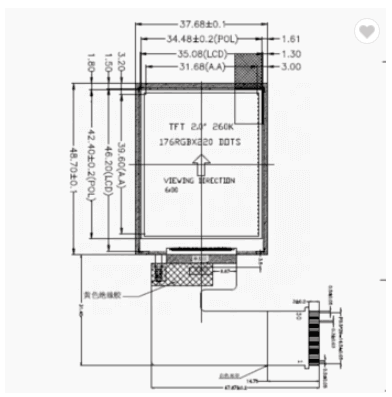 TFT 2.0 inch ET020QD01-P display screen panle 176x220 MCU interface 30 pin 300 nits
TFT 2.0 inch ET020QD01-P display screen panle 176x220 MCU interface 30 pin 300 nits
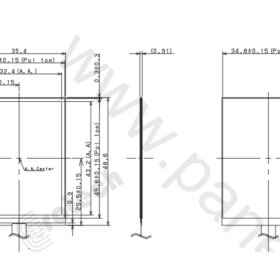 LS021B7DD02 Sharp Original 2.2 Inch Memory-in-Pixel LCD Display 240x320 Small MIP LCD Module
LS021B7DD02 Sharp Original 2.2 Inch Memory-in-Pixel LCD Display 240x320 Small MIP LCD Module